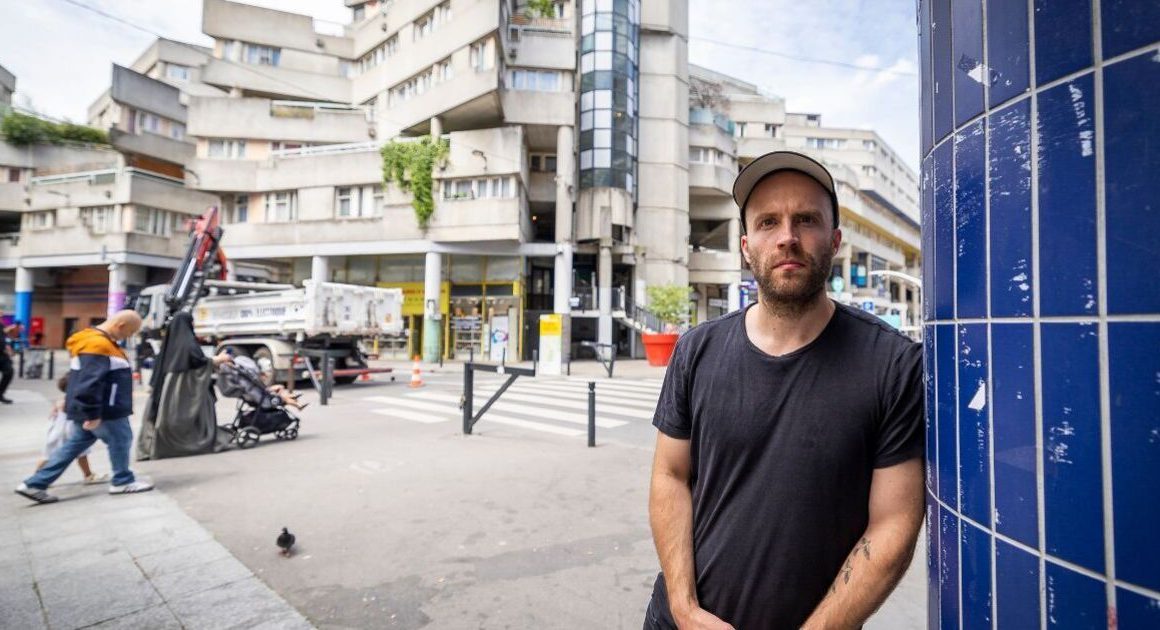As It Happens6:38Cambridge University returns spears stolen from Indigenous communities in Australia
More than 250 years after British explorer James Cook took spears from the Gweagal clan of the Dharawal people, four of them are finally returning home to Australia.
“We’re super excited to have the four remaining spears … be returned,” said Ray Ingrey, director of the Gujaga Foundation.
“But also, it’s mixed [feelings] because there’s a bit of reflection and sadness, and because this has been a long campaign. The elders in my community that instigated this are no longer with us,” he told As It Happens host Nil Köksal.
The four artifacts are all that remain of some 40 spears taken by James Cook and botanist Joseph Banks in April 1770, at the time of the first contact between Cook’s crew and the Indigenous people of Kamay, or Botany Bay, in Australia.
The spears have been held at Trinity College Cambridge’s Museum of Archaeology and Anthropology since 1914, but were first brought to the British university in 1771.
“They’re made of natural resources, so over their life, they’re supposed to crumble and go back into the earth,” Ingrey said. “And so if they weren’t looked after by Trinity College, we wouldn’t be seeing them today.”

But now they’re coming home after an agreement to return them was reached last year. It’s being hailed as a step toward reconciliation and a greater understanding of Britain and Australia’s shared history.
“This is a win for all Australians,” Ingrey said. “It’s also a proud moment for our community.”
A decades-long quest
According to Nicholas Thomas, the director of Cambridge’s archaeology museum, the spears are “exceptionally significant” because they were among the first artifacts collected by the British from any part of Australia.
“They reflect the beginnings of a history of misunderstanding and conflict,” he said in a University of Cambridge news release.
A diary entry by Banks, cited by the National Museum of Australia’s website, says the crew “threw into the house to them some beads, ribbands … as presents and went away. We however thought it no improper measure to take away with us all the lances [spears] which we could find about the houses, amounting in number to 40 or 50.”
Ingrey said this amounts to theft by Cook and his crew.
“There was conflict. There was theft, and because the spears and other items were taken without permission, we know that it wasn’t properly traded,” he said.
How did Crowfoot’s clothing end up thousands of miles away in a musuem in Exeter, England?
That’s why, roughly 20 years ago, community elder Shayne Williams approached Cambridge University to have the spears returned.
That attempt was unsuccessful though, in part because the community didn’t have a clear plan for where the spears would be housed, nor did they have any relationships with the university’s museum or similar institutions in Australia.
“The main focus was if we were to receive these as a long-term loan or a short-term loan or in ownership, where would we showcase them and how would they be protected and preserved ongoing?” Ingrey said.
Over the last decade, the community has started to build strong relationships with both the university and cultural institutions in Australia, like the National Museum of Australia. Ingrey said that was a key turning point that “allowed us to have that open conversation around ownership,” and paved the way for the return this year.
Ingrey was joined by other members of the Gweagal clan of the Dharawal people at Cambridge University for the official return on April 23.
Two of those men — David Johnson, 24, and Quaiden Williams Riley, 21 — are descendants of Paddy Davis, a Dharawal man who was injured the day Cook landed at Botany Bay. One of them is also the grandson of elder Shayne Williams.
“It was good that the young ones were there with us today, because eventually they’re going to be the ones that are leaders in our community,” Ingrey said.

Ingrey said it was surreal for all of them to be there, given how long their families have been campaigning for the return.
He hopes the community can continue working together with cultural institutions like the museum to showcase culturally important materials and practices.
“It wasn’t just about us holding, receiving cultural materials that were taken from from our part of Australia,” he said.
“It was about how we could build the capabilities of our community members to be able to become curators, be able to become the expert in handling and storing these materials and showcasing native materials.”










